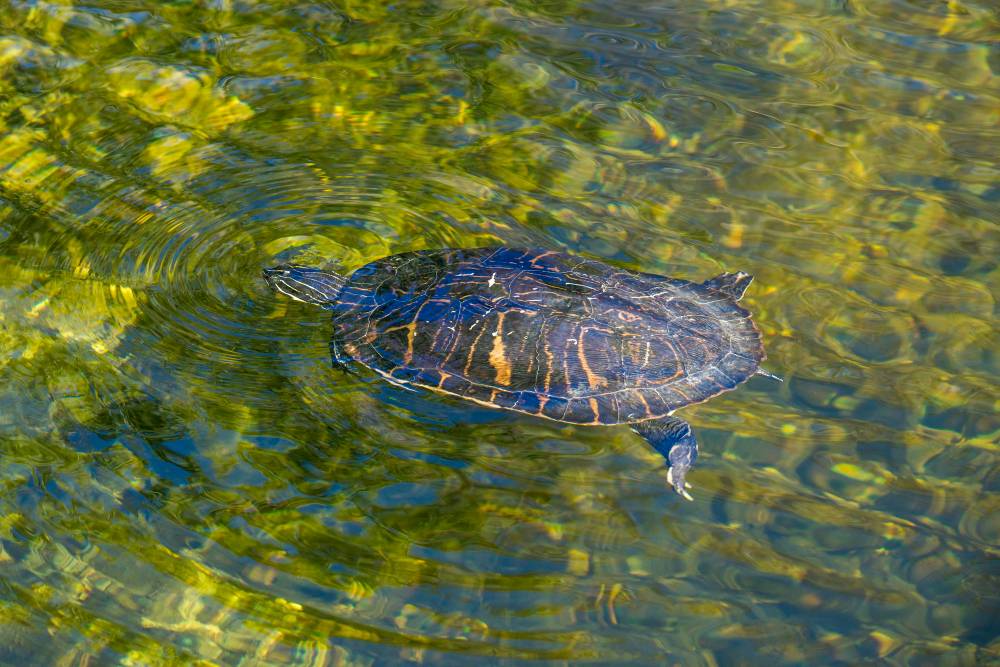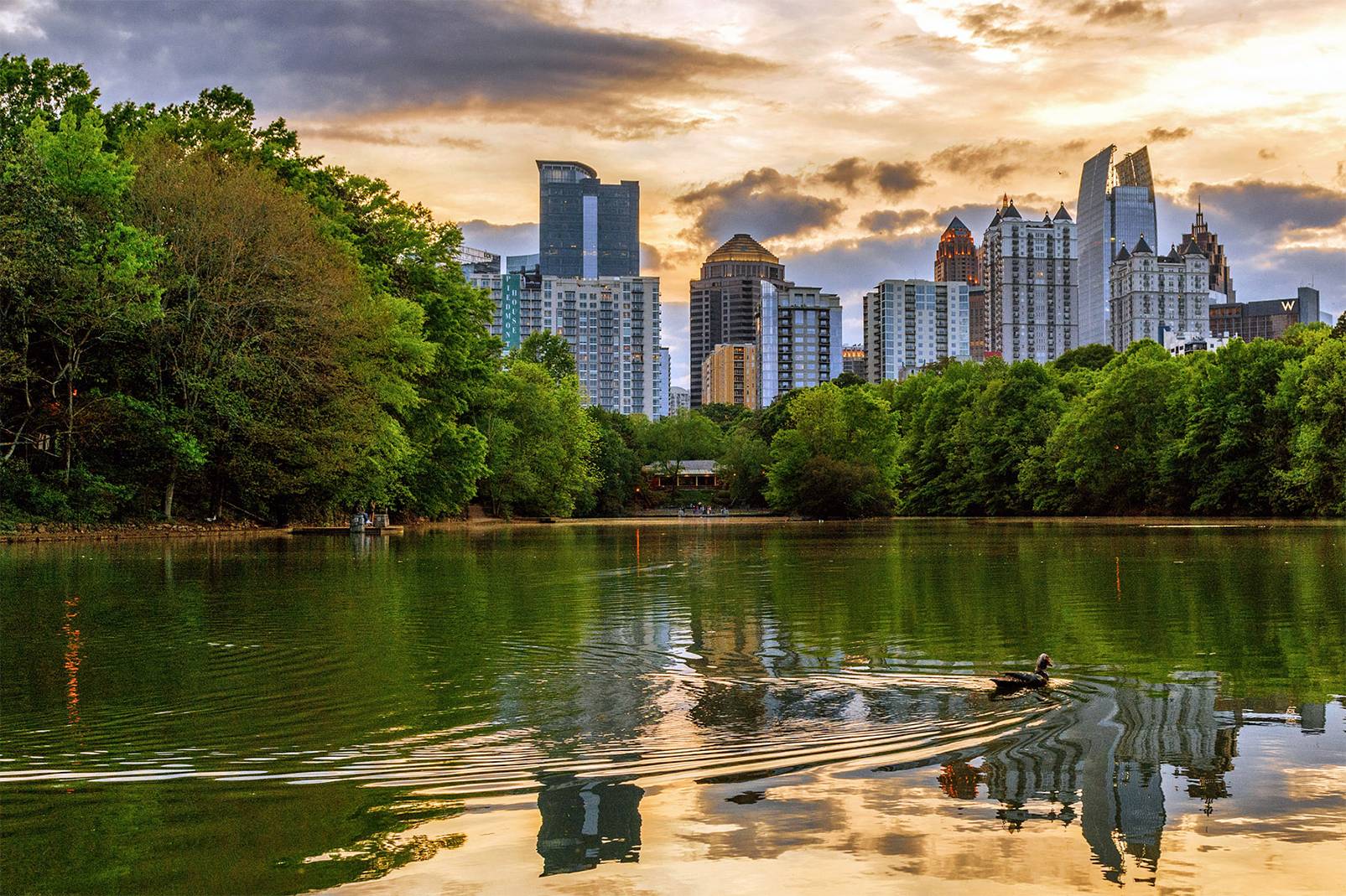
Turtles are a marvelous part of the aquatic ecosystems in the southeastern United States. These fascinating reptiles play a big role in maintaining the ecological balance, but they often elicit mixed feelings from property owners who manage private ponds and lakes.
Whether you are a conservation enthusiast or a property owner seeking to manage your land effectively, understanding the diverse species of turtles that inhabit these waters is essential. In this brief article brought to you by Aquatic Restoration, we offer some guidance on identifying different types of turtles.
If you are looking for a time-tested pond maintenance company in the area, you can call the seasoned professionals at Aquatic Restoration. With decades of cumulative experience under our belts, we’ve got you covered with reliable workmanship and expertise.
Common snapping turtles thrive in various freshwater habitats, including ponds, lakes, rivers, and swamps. They are often found lurking at the bottom, hidden in the mud. While their presence indicates a healthy ecosystem, their aggressive nature can be problematic if the pond is used for swimming or fishing.
Here’s how to identify a common snapping turtle:

Red-eared sliders are highly adaptable and can be found in ponds, lakes, marshes, and slow-moving rivers. They prefer basking on logs or rocks. Popular in the pet trade, these turtles can sometimes become invasive if released into non-native environments. Their prolific breeding can lead to overpopulation, affecting the native species balance.
Here’s how to identify a red-eared slider:
Painted turtles prefer shallow waters with abundant vegetation, making ponds and lakes ideal habitats. They are generally less disruptive than other species and are indicators of a well-maintained aquatic environment.
Here’s how to identify a painted turtle:
These turtles inhabit shallow, slow-moving waters, including ponds, lakes, and marshes. They are often seen buried in the mud. Eastern mud turtles are elusive and non-aggressive, making them less noticeable and less of a concern for human interaction.
Here’s how to identify an eastern mud turtle:
Regular monitoring, habitat modification, and humane relocation are our top three suggestions here. Conduct regular surveys of your pond or lake to keep track of the turtle population and species diversity.
Moreover, you can adjust the vegetation and physical structure of your pond to naturally influence the types of turtles that thrive there. If necessary, consult with local wildlife authorities to relocate unwanted turtles safely and legally.
If you’d like to leave your retention pond maintenance to uniformed professionals, then call Aquatic Restoration to schedule an appointment or urgent on-site visit for as soon as possible. Let’s get started with a consultation today!
Stormwater ponds form a part of modern stormwater management systems. As the name suggests, they collect and manage runoff from…
Sediment buildup is one of the biggest threats to lakes and ponds. It not only impacts water quality but also…
If you own a pond or lake, you know that proactive maintenance is an integral part of keeping the…
If you’ve ever walked outside and noticed your lake suddenly turn a murky shade of green, you’re not alone. Many…
Lakes are vital ecosystems that support wildlife, protect water quality, and enhance the quality of life for surrounding communities. Whether…